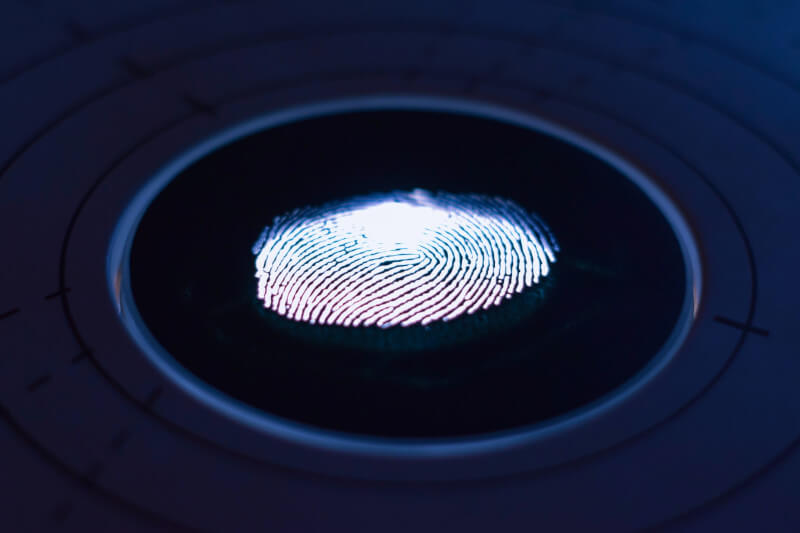As South Africa moves towards an increasingly digitised society, the dark shadow of online fraud has stretched even further, proving a relentless challenge. In the face of this escalating issue, the quest to fortify our digital spaces has never been more crucial.
AI and Machine Learning
In the fight against crime, Artificial Intelligence (AI) and Machine Learning (ML) have become very helpful tools. They can predict fraud risks because they can sort through huge amounts of data and find trends that might not be obvious to humans.
“Machine Learning algorithms learn from each transaction. They adapt and become more effective in identifying fraudulent activities,” says Dr. Lethabo Motsoaledi, CTO of a tech firm in Johannesburg. She stresses that ML-powered fraud detection systems offer a marked improvement over traditional, rule-based systems, which often fall short in detecting complex fraud schemes.
Artificial Intelligence and Machine Learning go beyond the simple pattern detection in fraud identification. Advanced ML models can classify transactions based on their risk levels. By assigning risk scores to transactions, businesses can flag high-risk activities and take preventive action before fraud occurs.
ML can effectively reduce false positives – a common challenge in fraud detection. False positives, where legal transactions are incorrectly flagged as fraudulent, can disrupt business operations and inconvenience customers. By learning from historical data and refining its prediction accuracy, ML can help minimise these disruptions.
The digital realm is not just a playground for tech-savvy entrepreneurs and consumers; it’s also the battleground where cybersecurity experts like Dr. Lethabo Motsoaledi are using Artificial Intelligence and Machine Learning to combat fraud. Here are five distinct instances where these powerful technologies have proven their worth:
- Real-time Fraud Detection: Machine learning algorithms continuously analyze real-time transaction data, allowing them to promptly identify and flag suspicious activity. For instance, if a customer who usually makes transactions within South Africa suddenly makes numerous high-value purchases in another country, the system could flag this as potential fraud.
- Adaptive Anomaly Detection: AI can learn a customer’s normal transaction patterns and detect anomalies or deviations from this behavior. For example, if a customer regularly spends ZAR 500 per week and suddenly spends ZAR 5000 in a day, AI can identify this anomaly and alert the company, who can then verify the transaction with the customer.
- Predictive Analysis: By learning from historical fraud data, AI can predict potential fraud threats in advance. This helps businesses to proactively implement preventive measures. For example, an e-commerce business experienced a surge in fraudulent transactions during holiday seasons. By learning from this pattern, their AI system predicted a similar surge in the upcoming season, enabling the business to ramp up its security measures in advance.
- Reducing False Positives: Traditional rule-based systems often generate a high number of false positives, causing inconvenience to customers and businesses alike. ML algorithms, by refining their accuracy through continuous learning, can effectively reduce these false positives. A local bank reported a decrease in false fraud alerts by 30% after implementing ML-powered fraud detection.
- Efficient Investigations: In cases of confirmed fraud, AI can assist in the investigation by quickly analysing data and identifying links between fraudulent transactions. A South African retailer, hit by a sophisticated fraud scheme, used AI to analyse thousands of transactions and identify connections between them, leading to the quick recovery of lost funds and the identification of the fraudsters.
Adding a Personal Touch to Security

Cybersecurity expert Nkosana Xaba explains, “Biometrics add a level of personal security that’s difficult to replicate. It’s one thing to steal someone’s password, but mimicking unique physical attributes is significantly more challenging.”
Aside from commonly used facial recognition, fingerprints, and voice recognition technologies, other forms of biometric authentication are gaining traction in fraud prevention. Iris scanning and palm recognition are among the new technologies being explored. Iris scanning provides an incredibly high level of accuracy, as irises are unique to each individual and remain stable over time, unlike other biometrics that may change due to aging or external factors.
The Transparency Champion
The blockchain technology that has become synonymous with digital money can also be used to detect and prevent fraud. By recording transactions in a distributed ledger, blockchain makes it extremely difficult for fraudsters to forge or alter previous records.
An advocate for blockchain in Cape Town named Thabo Mokoena claims, “With blockchain, every transaction is transparent and can be tracked, which significantly reduces the chances of fraud.”
Blockchain’s immutability is particularly useful for preventing fraud, but it also has other advantages. One of reasons is that it is decentralised and therefore less vulnerable to cyberattacks on account of there being no single point of failure. By dispersing information over the network, blockchain’s peer-to-peer mechanism increases security and makes the system more resistant to fraud.
Blockchain-based transaction automation is made possible via smart contracts. When the terms of these contracts are met, they can carry out their terms automatically, eliminating the need for middlemen and decreasing the likelihood of fraud.
Real-Time Analytics: Swift and Sure
In fraud prevention, speed is of the essence. The longer fraudulent activity goes undetected, the more damage it can cause. This is where real-time analytics come into play. They allow for the monitoring of transactions and activities as they happen, spotting red flags immediately.
Phakiso Tshabalala, a data analyst in Pretoria, highlights the importance of this technology: “Real-time analytics offer immediate detection and prevention of fraud. This timely response is crucial in limiting the damage caused by fraudulent activities.”
Real-time analytics don’t just allow for immediate detection of fraud. They also help in understanding the fraud lifecycle, which includes the fraudster’s initial access, research, transaction, and exfiltration of stolen data or money. By understanding this lifecycle, companies can gain insights into fraudster behaviour and implement more effective preventative measures.
In addition, real-time analytics can provide actionable insights for businesses. For example, businesses can understand which products, locations, or times are most susceptible to fraud and take targeted action. These insights can guide strategy and policy adjustments to further bolster the defence against fraud.

South Africa, a burgeoning hub of technological innovation, is increasingly feeling the heat of cyber…
